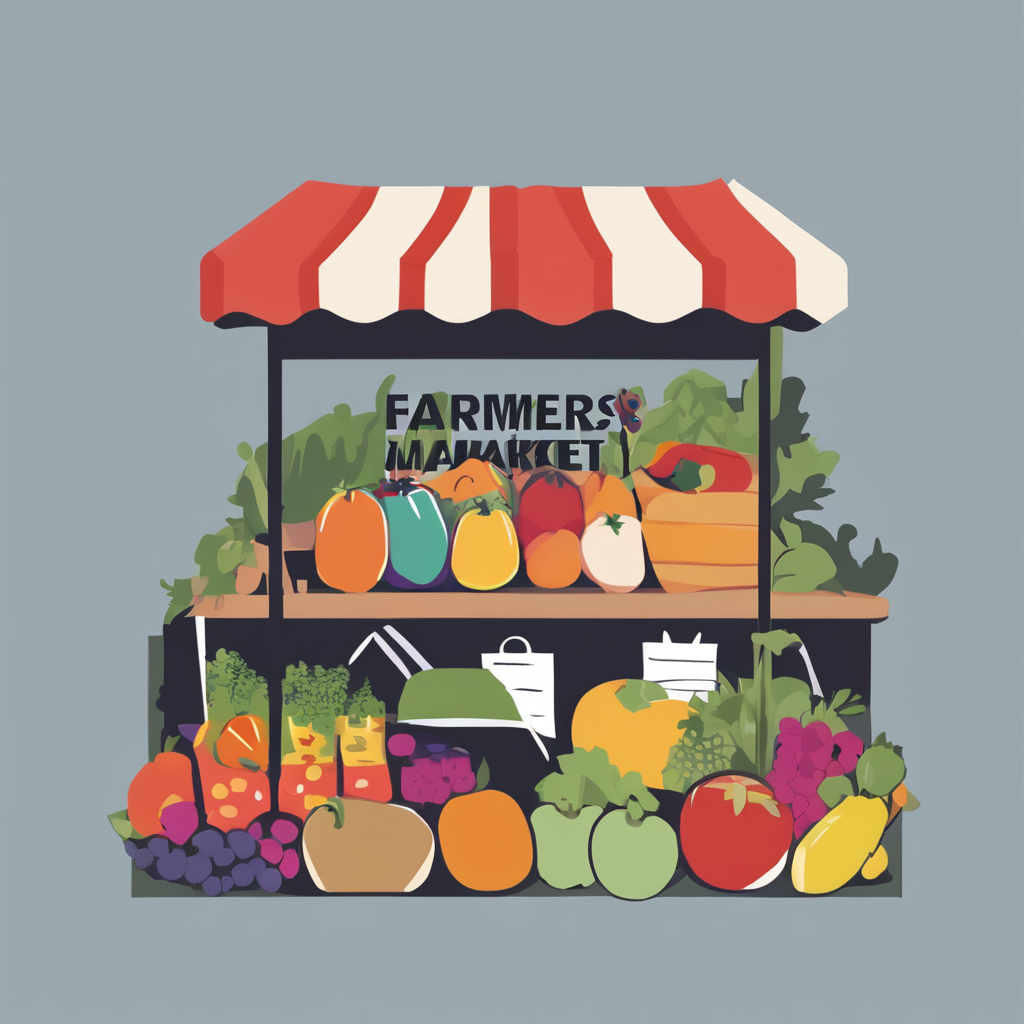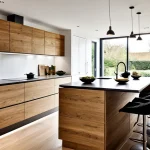Modern Accessibility Trends in the UK Kitchen Market
The accessible kitchens UK sector is rapidly evolving, driven by increasing awareness and demand for spaces that accommodate all users. Modern kitchen design trends focus on inclusivity, ensuring that layouts, appliances, and storage cater to diverse needs, including those with mobility challenges or age-related limitations.
Key innovations in inclusive kitchen solutions include adjustable countertops, pull-out work surfaces, and smart technology integration. These features allow users to customize their environment, enhancing comfort and independence. Additionally, accessible kitchens UK often incorporate lower sinks and oven controls positioned for ease of use.
Also read : How Can British Kitchen Trends Transform Your Cooking Experience?
Societal shifts, such as an aging population and greater emphasis on disability rights, strongly influence contemporary kitchen design. The recognition of diverse household compositions pushes manufacturers and designers to rethink traditional layouts, promoting functionality without sacrificing style.
The intersection of technology and design also plays a vital role. Voice-activated appliances and automated lighting are becoming standard in accessible kitchens UK, reflecting the drive toward seamless, user-friendly environments. Understanding these trends is essential for anyone looking to create or adapt kitchens that are both practical and welcoming.
This might interest you : Explore authentic chinese cuisine at feier cottage westminster
Key Accessibility Features and Products
Designing an accessible kitchen involves incorporating accessible kitchen features that accommodate diverse needs while enhancing functionality. Among the most effective adaptations are adaptive kitchen products such as rise-and-fall worktops, which allow users to adjust counter heights easily. These worktops provide ergonomic benefits, ensuring comfortable use whether sitting or standing.
Pull-down shelves are another critical assistive technology, enabling easier access to upper cupboards without the need to reach or climb. Such shelves improve safety and convenience, especially for those with limited mobility.
Modern kitchens increasingly integrate technology to boost accessibility. Smart appliances equipped with voice control and tactile interfaces streamline cooking tasks for users facing physical or sensory challenges. For example, ovens with audible feedback and microwave doors designed for effortless opening exemplify user-centric design.
Consider a kitchen with adaptive lighting controlled via smartphone, paired with automated faucets—this setup significantly aids users with visual impairments and limited hand dexterity. These accessible kitchen features demonstrate how technology integration transforms conventional spaces into inclusive environments.
Employing these innovations ensures that kitchens become not only more usable but also empowering for all users. Incorporating adaptive kitchen products and assistive technologies is key to building an accessible, welcoming kitchen.
Regulatory Framework and Industry Standards
Understanding the UK accessibility regulations is crucial for designing kitchens that meet legal and practical requirements. The Equality Act kitchen provisions require that kitchens be accessible to all users, including those with disabilities, ensuring inclusive kitchen requirements are met. This act mandates reasonable adjustments in design to prevent discrimination.
Additionally, Part M building regs specify technical standards for access and use, focusing on aspects such as circulation space, counter heights, and appliance accessibility. Compliance with both the Equality Act kitchen guidelines and Part M ensures kitchens cater to a diverse user base, promoting independence and safety.
Best practices in kitchen design involve integrating these standards early in the planning phase. This includes identifying potential barriers and selecting adaptable solutions like adjustable work surfaces, accessible storage, and clear floor space. Designers often face challenges balancing aesthetic appeal with functionality, but embracing inclusivity creates opportunities for innovation.
Navigating these regulations requires attention to detail and ongoing updates on legislative changes. Employing a strategic approach not only ensures legal compliance but also delivers practical, comfortable kitchens that accommodate all abilities effectively.
Market Response and Leading Brands
The UK kitchen brands market has seen a notable shift as demand for accessible kitchen products grows. Leading manufacturers increasingly recognize the importance of inclusivity, adapting designs to meet the needs of all users. This industry response to accessibility reflects both social awareness and commercial opportunity.
Accessible kitchen manufacturers emphasize features like adjustable work surfaces, easy-to-reach storage, and intuitive controls. These innovations create kitchens that accommodate mobility challenges and varying physical abilities without compromising style or functionality.
Designers and manufacturers highlight how this market growth drives continuous innovation. They invest in research to better understand consumer needs, ensuring that accessibility is integrated from the earliest design phases. The focus isn’t limited to ergonomics; it encompasses safety, aesthetics, and customization.
For example, a rising trend among UK kitchen brands involves modular components that adapt as users’ needs change. This flexibility is key to fostering independence in the home. As more customers request accessible options, market leaders respond with broader product ranges and tailored solutions.
By embracing accessibility, these kitchens not only enhance daily living but also expand the reach of UK kitchen brands in an evolving market.
Expert Insights and Real-World Examples
Small text
Expert advice kitchen accessibility emphasizes the importance of creating spaces that accommodate diverse needs without sacrificing style or functionality. Experienced designers stress that inclusive design examples should prioritize ease of movement, adjustable work surfaces, and thoughtful appliance placement to enhance usability for everyone.
One accessible kitchen case study involved a family upgrading their home to support a member with mobility challenges. The project incorporated lowered countertops, pull-out shelves, and wide aisles, resulting in a kitchen that balanced accessibility with aesthetic appeal. This practical example demonstrates how thoughtful design can transform ordinary kitchens into welcoming, efficient spaces.
Homeowners considering accessibility should focus on universal design principles, ensuring that modifications are adaptable and future-proof. Specifiers are advised to collaborate closely with users to understand specific needs and integrate technology that supports independence, such as smart appliances and touch-free faucets.
These expert insights and accessible kitchen case studies illustrate that inclusivity in kitchen design is not only feasible but essential. Implementing such strategies leads to kitchens that serve everyone effectively, underscoring the value of accessible kitchen solutions in modern homes.


